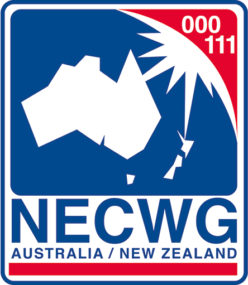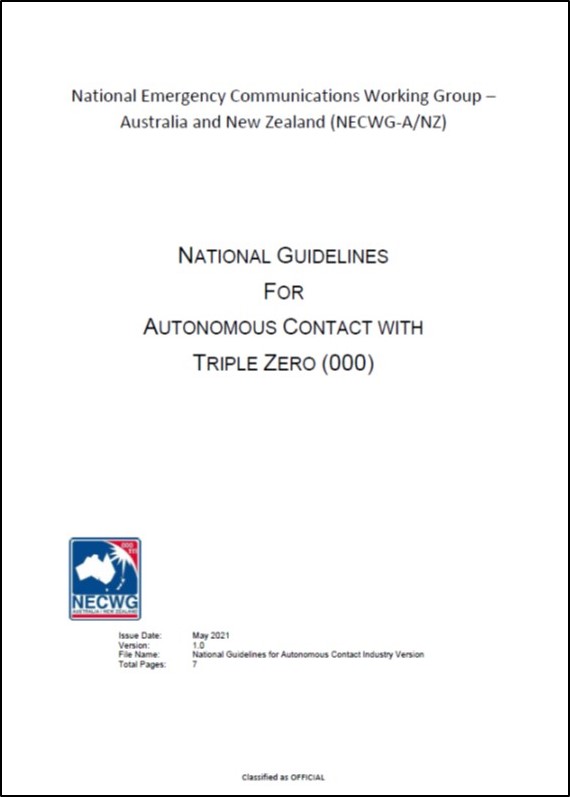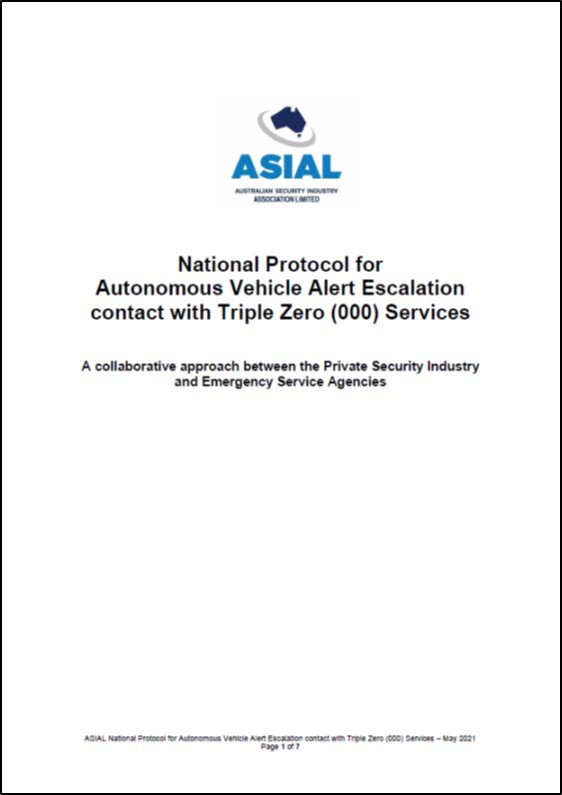2024 NECWG-A/NZ Industry Engagement Forum
Emergency Communications of the Future (A New Vision)
The 2024 NECWG-A/NZ Industry Engagement Forum will be held in Adelaide between 27 and 30 May.
In 2017, NECWG-A/NZ developed a white paper entitled The Emergency Communications Centre of the Future. The impact of COVID on both operational and technical expectations and opportunities requires broader consideration than at a communications centre level. In light of this, over the past couple of years, NECWG-A/NZ has expanded the conversation to discuss and consider a range of topics that will both influence and enhance the provision of emergency communications.
For the 2024 Industry Engagement Forum, the theme of the conference is Emergency Communications of the Future (A New Vision). At this conference we will continue to explore this theme and collaborate on the opportunities, challenges, development of capabilities, and identification of objectives to support emergency communications of the future.
In particular, we will gain insights into and collaborate on Customer Experience, Demand Management, Contact, and Understanding Information.
For industry colleagues, please use this form to register your attendance.
Since 2014, more and more countries in both Northern and Southern hemispheres have been using accurate handset-based location of emergency callers. There are numerous reports of its benefits across countries. As an example, it is estimated that between 2024 and 2033, handset-based location could potentially save between 8,620 and 10,530 lives in total in the European Union, and could positively impact between 88,360 and 104,640 lives in total in the EU.1 In the UK alone, the total economic benefits in the 9 years following the deployment of handset-based location is estimated at close to 14 billion EUR.2
Unfortunately, while this location data is widely available as native on both Android and iOS phones, its use in the context of emergency calls remains mostly limited to countries in Europe, North America, Australia and New Zealand, where handset-based location has been encouraged by additional regulation3 and industry best efforts to improve caller location.
We, members of the Collaborative Coalition of International Public Safety (CC:IPS), call on public authorities and emergency services from countries across the globe to actively engage with Mobile Network Operators (MNOs) and smartphone Operating Systems providers towards the deployment of accurate handset-based caller location.
Moreover, we call on smartphone Operating Systems providers to actively publicize the availability of handset-based location and to encourage public authorities and MNOs to make use of it.
Lastly, we call on international organisations such as the International Telecommunication Union (ITU) to raise awareness on the availability of handset-based location and to encourage its member countries to deploy such a life-saving feature.
Document available here
National guidelines for autonomous contact with Triple Zero (000) released
The National Emergency Communications Working Group – Australia and New Zealand is pleased to release national guidelines for autonomous contact with Triple Zero (000). With the advent and rapid expansion of machine to machine contact and autonomous sensors, it is important for developers to be aware of and incorporate these guidelines to ensure that contact with Triple Zero (000) is efficient and effective.
In partnership with the development of these national guidelines, NECWG-A/NZ has collaborated with the Australian Security Industry Association Limited (ASIAL) to develop a national protocol for autonomous vehicle alert escalation contact with Triple Zero (000) services.
These documents are available by clicking on the images above or visiting the Standards and Guidelines page.
Emergency+ app and Triple Zero (000)
Australia’s Emergency+ app for iOS and Android devices to:
- – provide the caller with information about when to call Triple Zero (000)
- -provide the caller with information about who to call in various non-emergency situations
-
- State Emergency Service (SES) (132 500)
- Police Assistance Line (131 444)
- Crime Stoppers (1800 333 000)
- Health Direct Australia (1800 022 222)
- National Relay Service
- assist the caller to dial the relevant number
- display the GPS coordinates of the phone’s location that the caller can read out to the emergency operator.
The app is free of charge and available for download from iTunes, and Google Play Stores.
Triple Zero Kids Challenge
Kids will learn about getting help by playing games and solving mysteries. They’ll learn about safety messages and hear what happens when you call Triple Zero. Along the way they will meet the “Zeros” as they are guided step by step through the game.
The app is free of charge and available for download from iTunes, and Google Play Stores.




